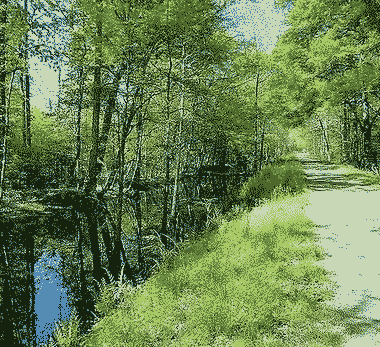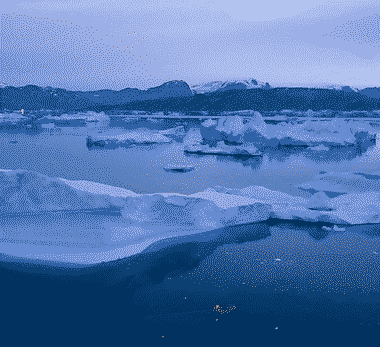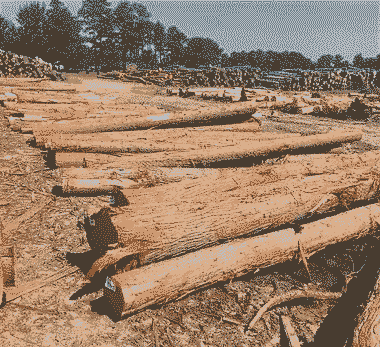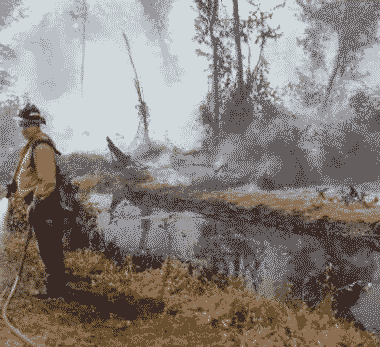Ditching

Ditching swamps alters the hydrology of the ecosystem by lowering the water table and exposing the peat to oxygen. Unsaturated peat decomposes, releasing carbon dioxide into the atmosphere. Swamps valued as carbon sinks are converted to carbon sources. Obligate wetland species (like AWC) cannot tolerate dry soil, so they are outcompeted by facultative species.
Sea Level Rise

The global sea level rise, caused by thermal expansion and melting ice, has caused saltwater to inundate the soil upon which Atlantic white cedar grows. Salt stress inhibits tree growth, development, and survival. Trees in coastal forests are outcompeted and replaced by salt marsh vegetation as soil salinity increases.

